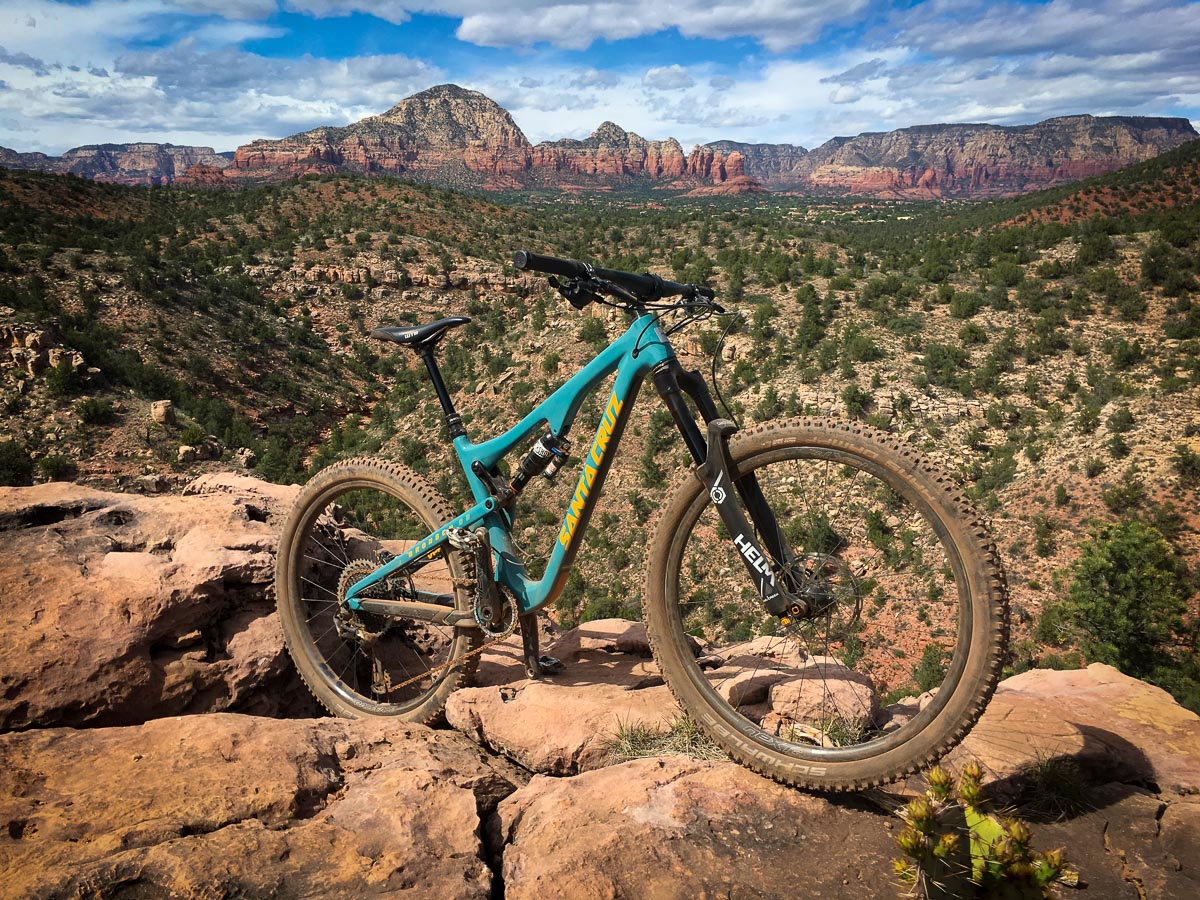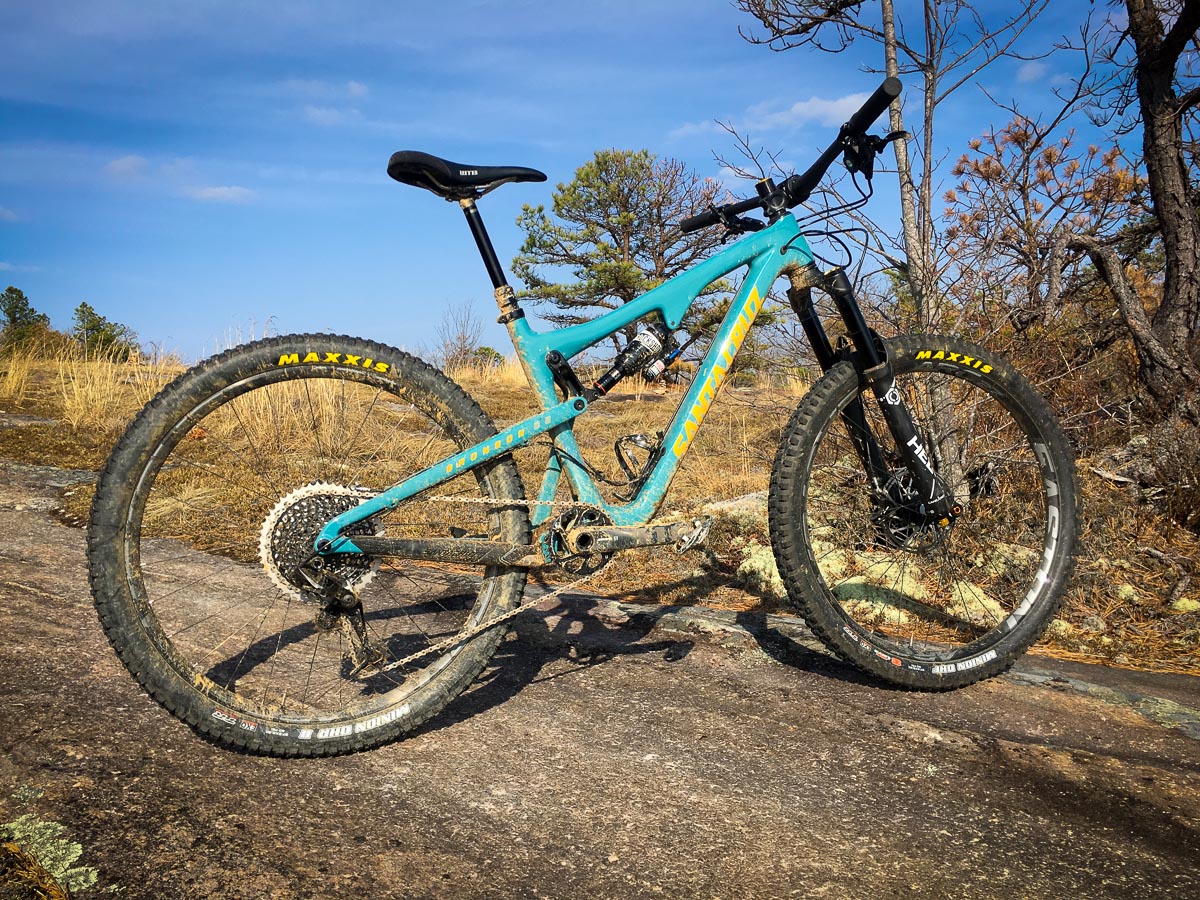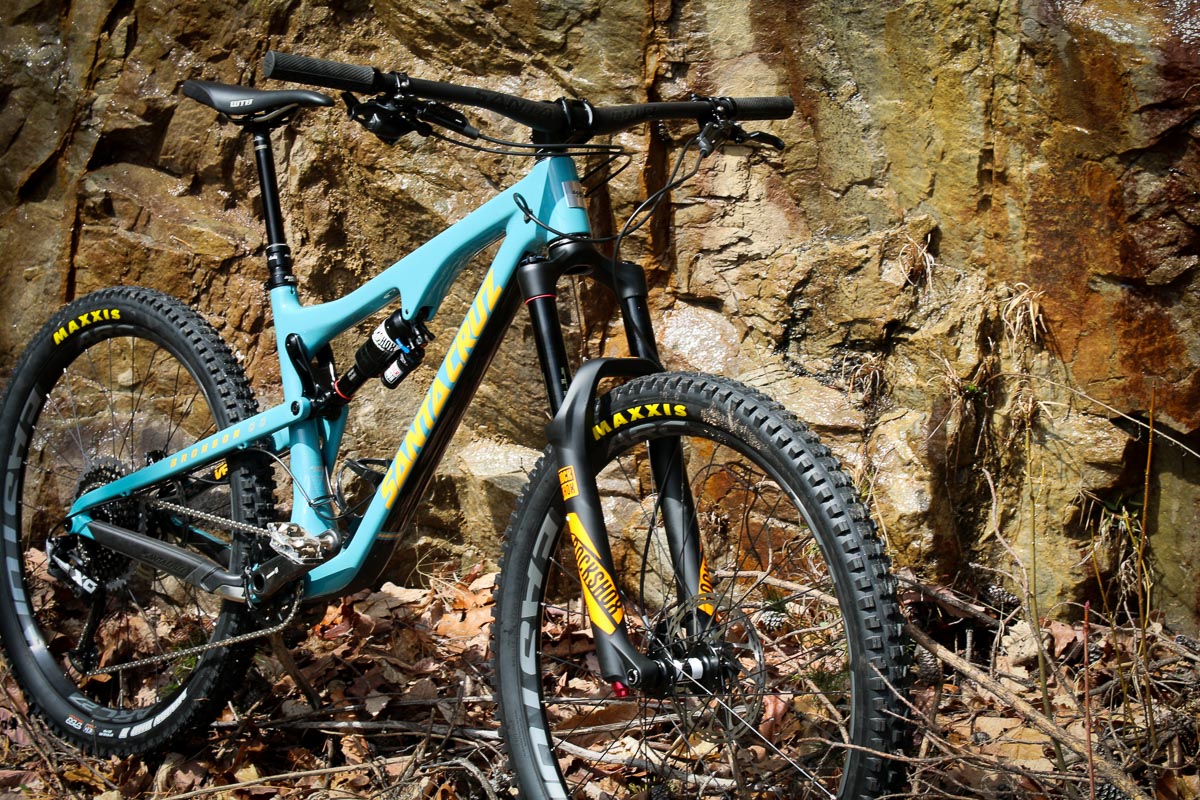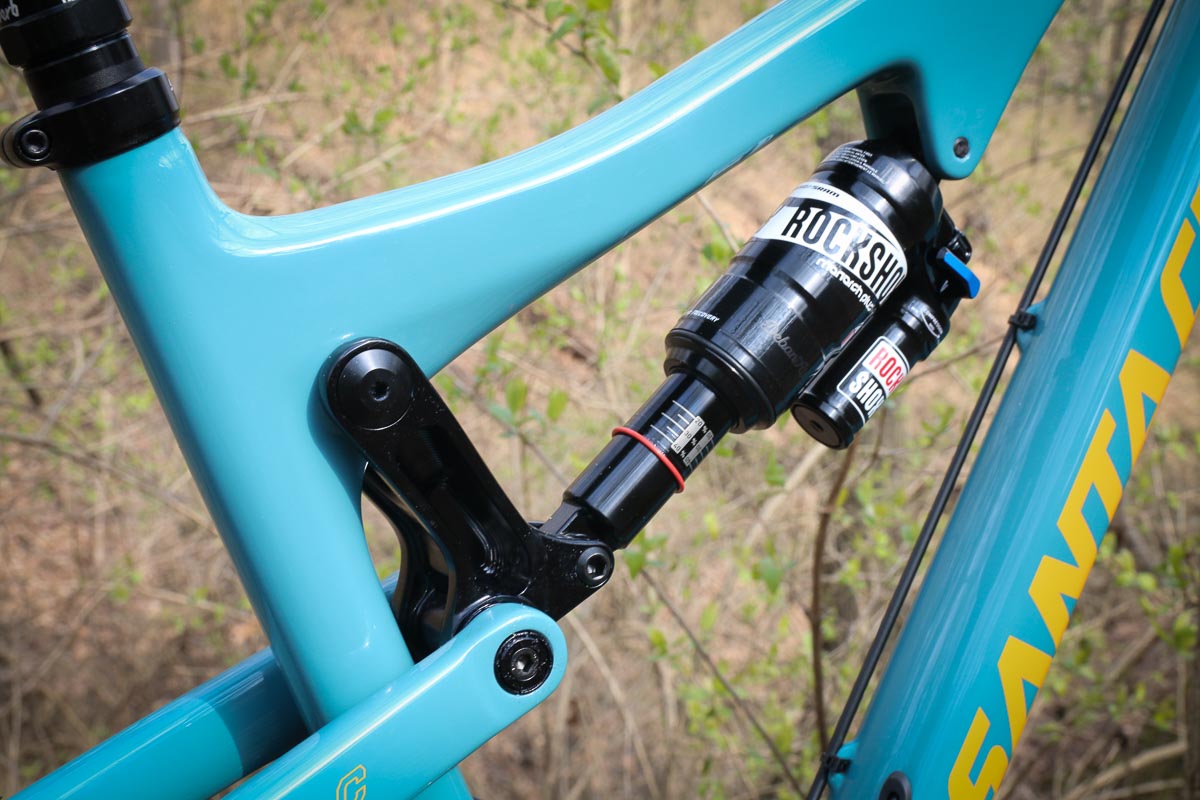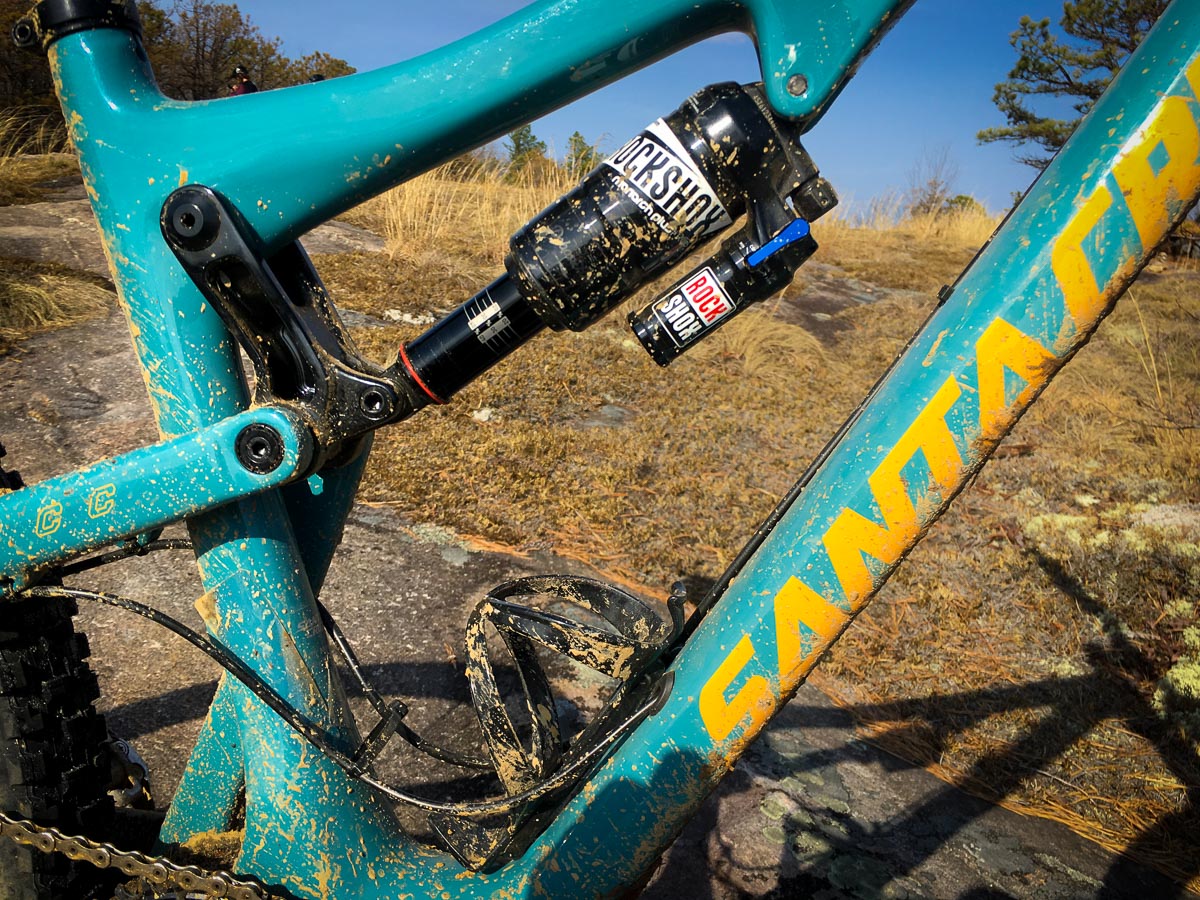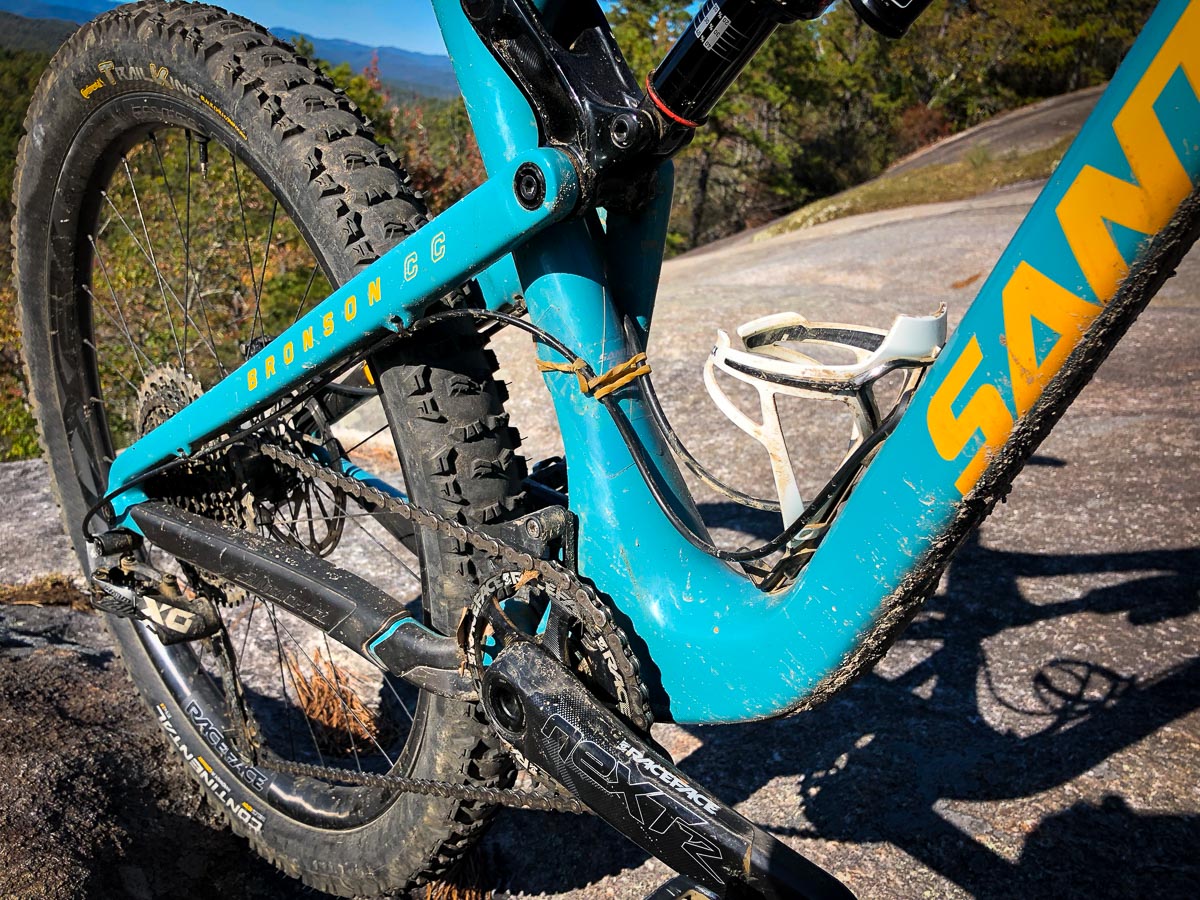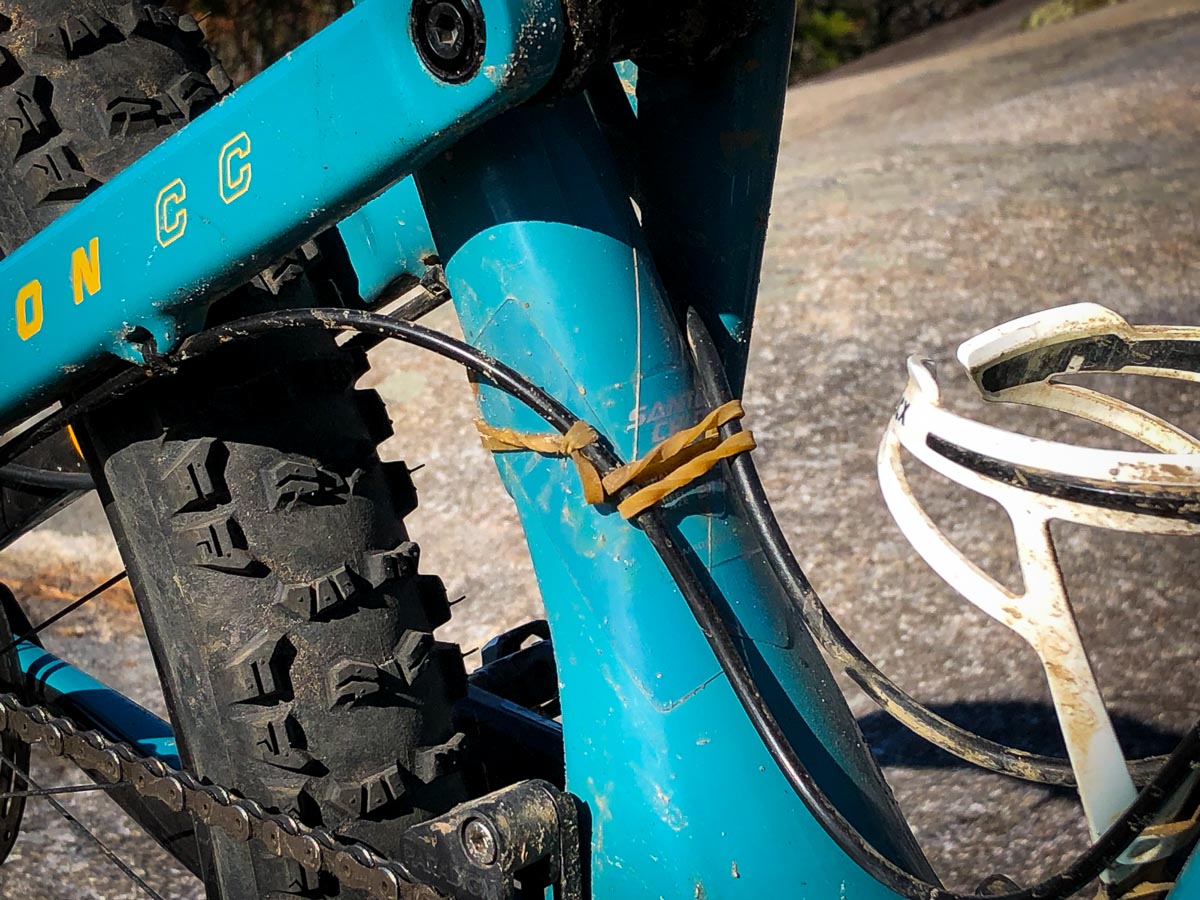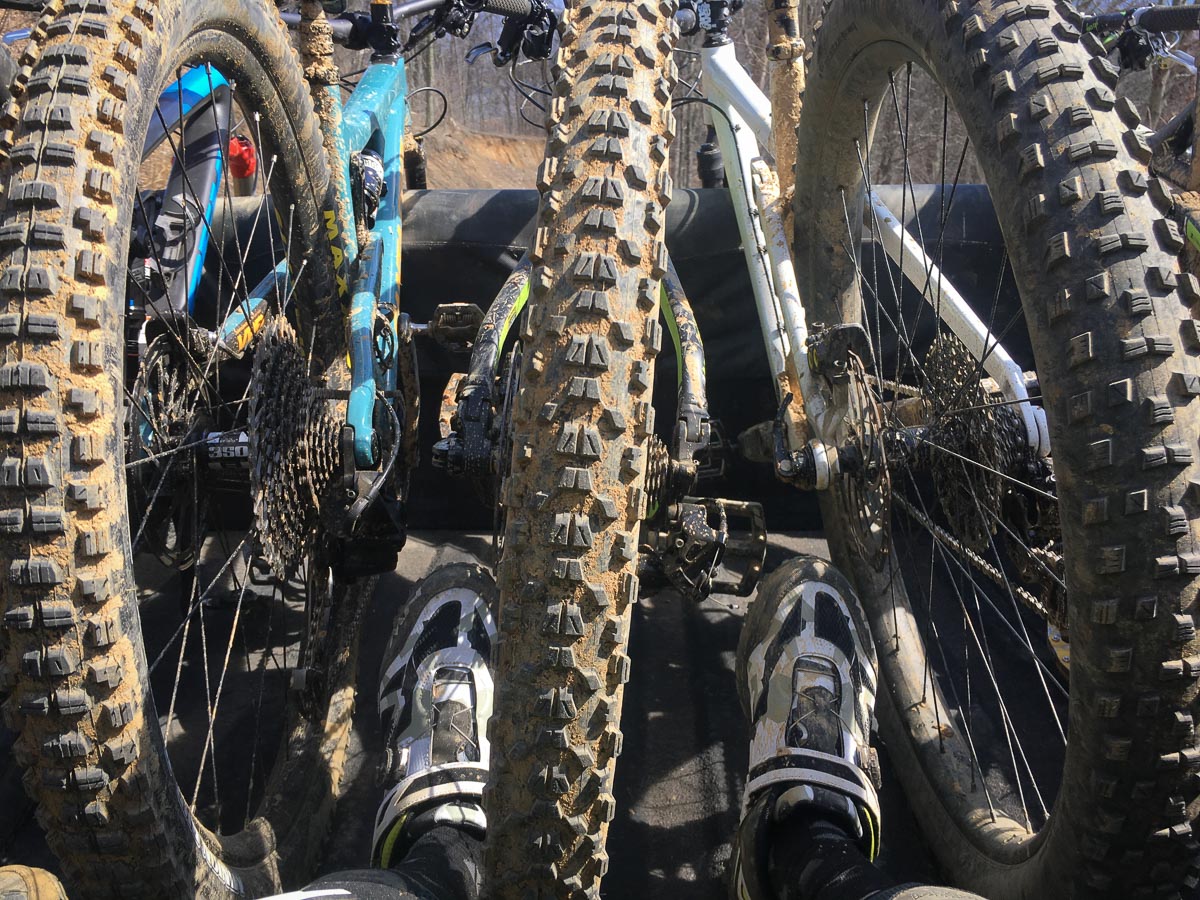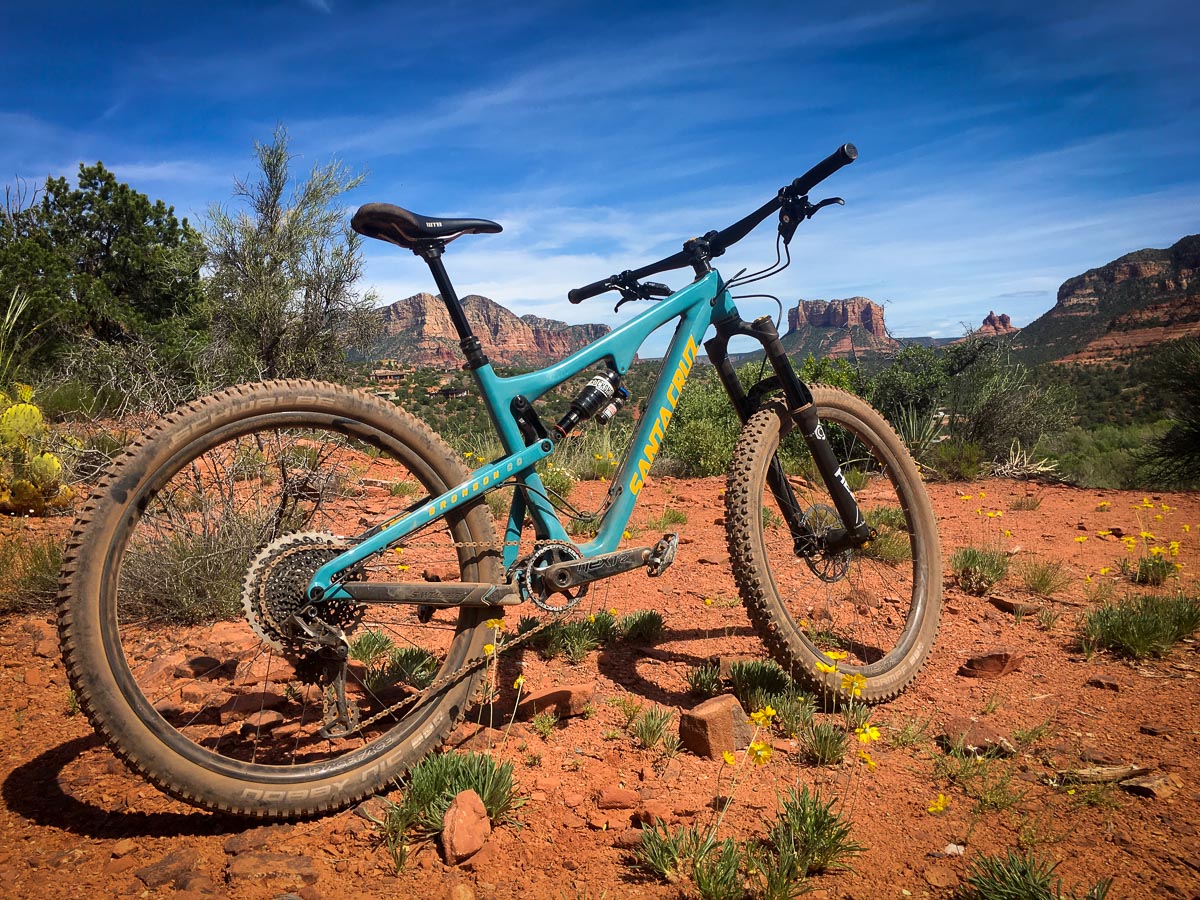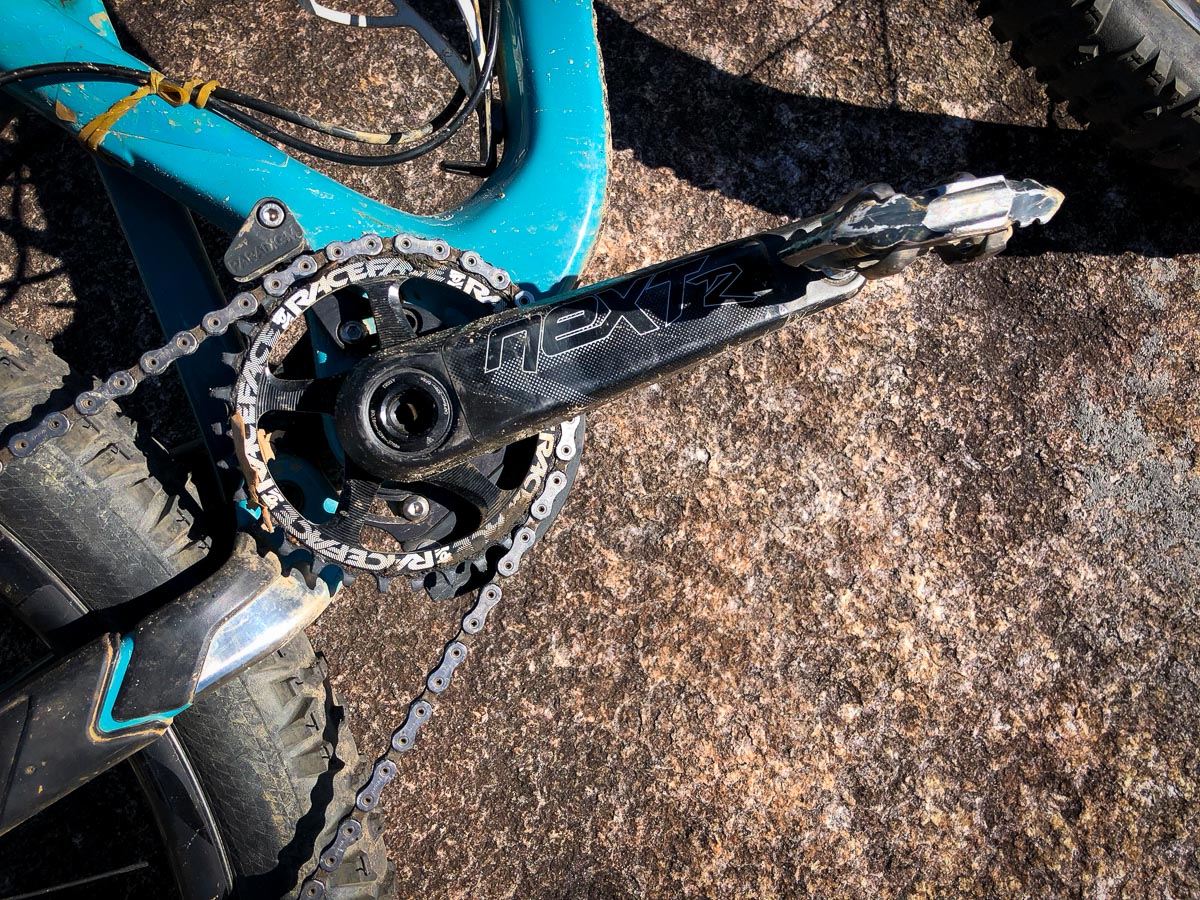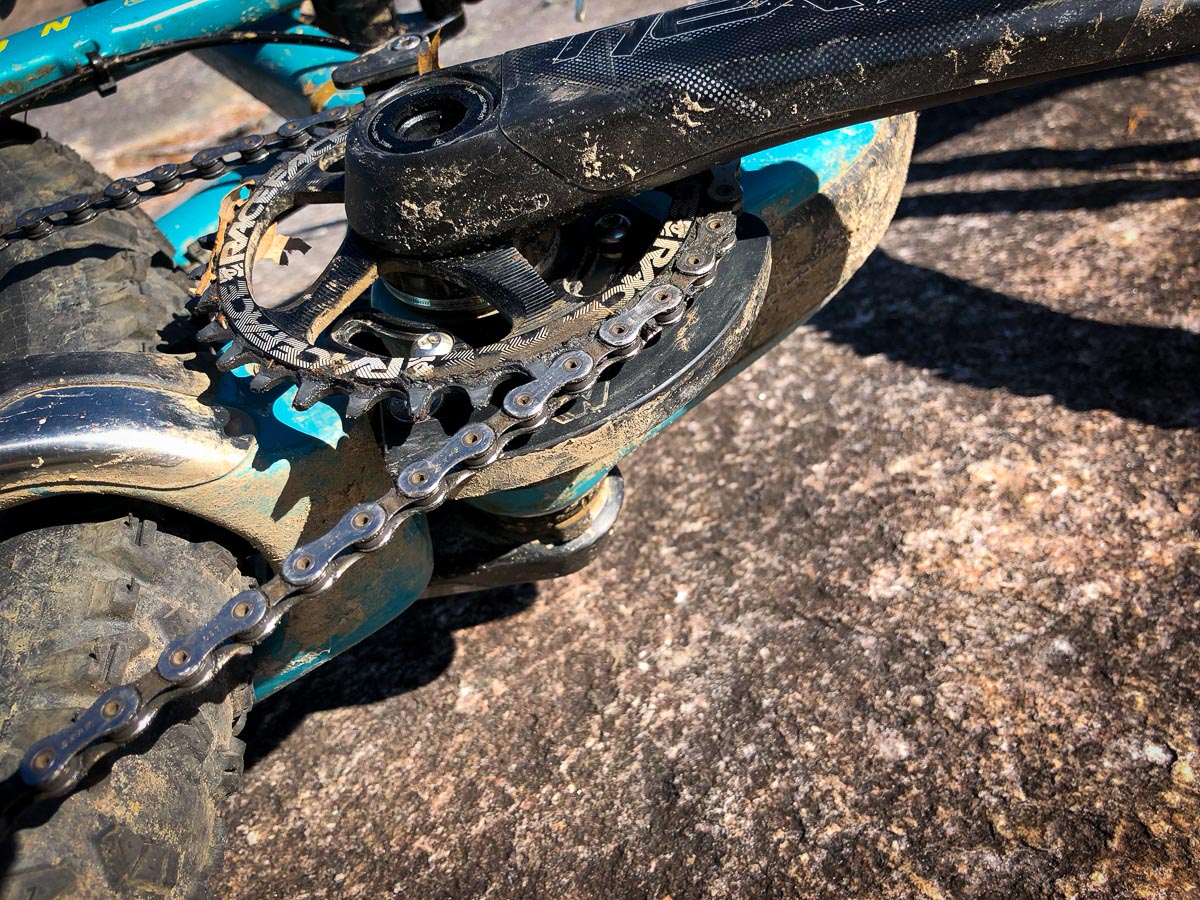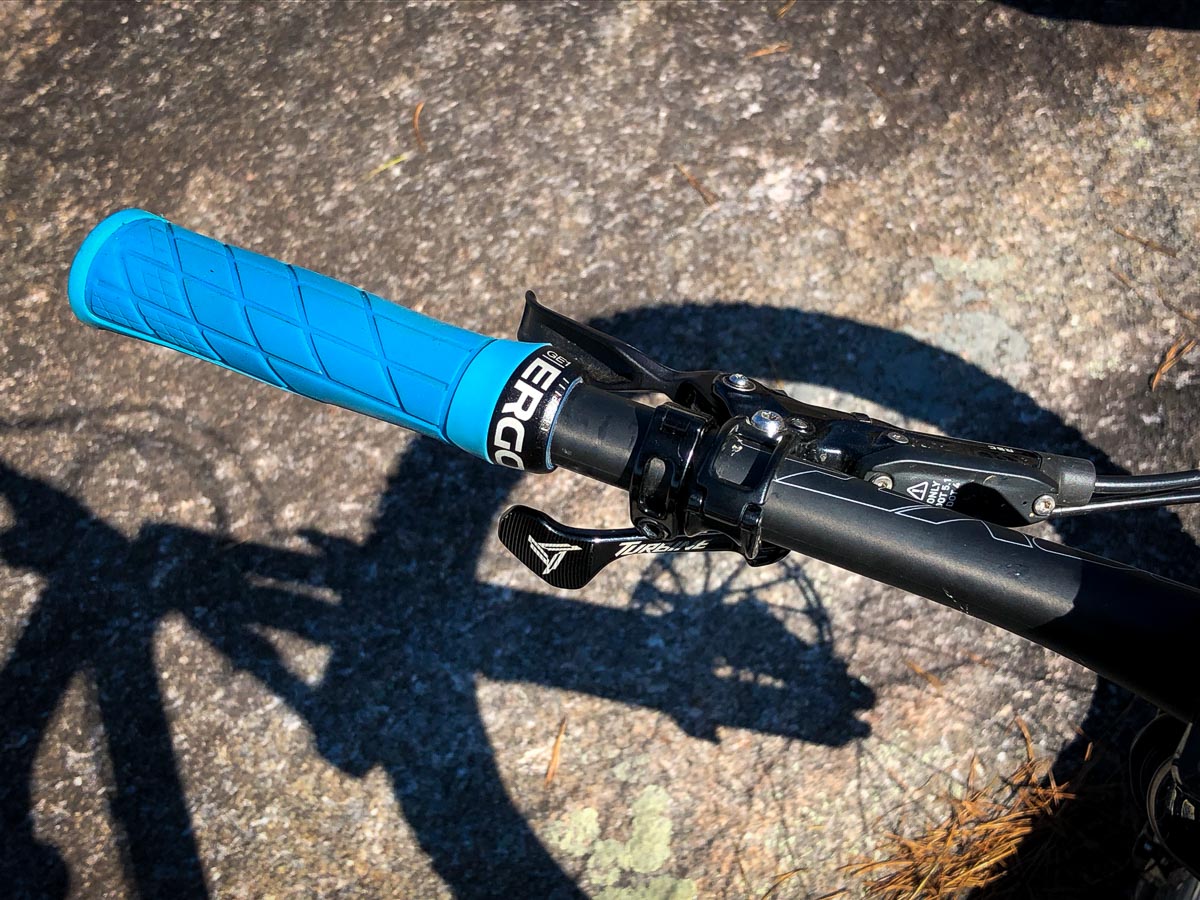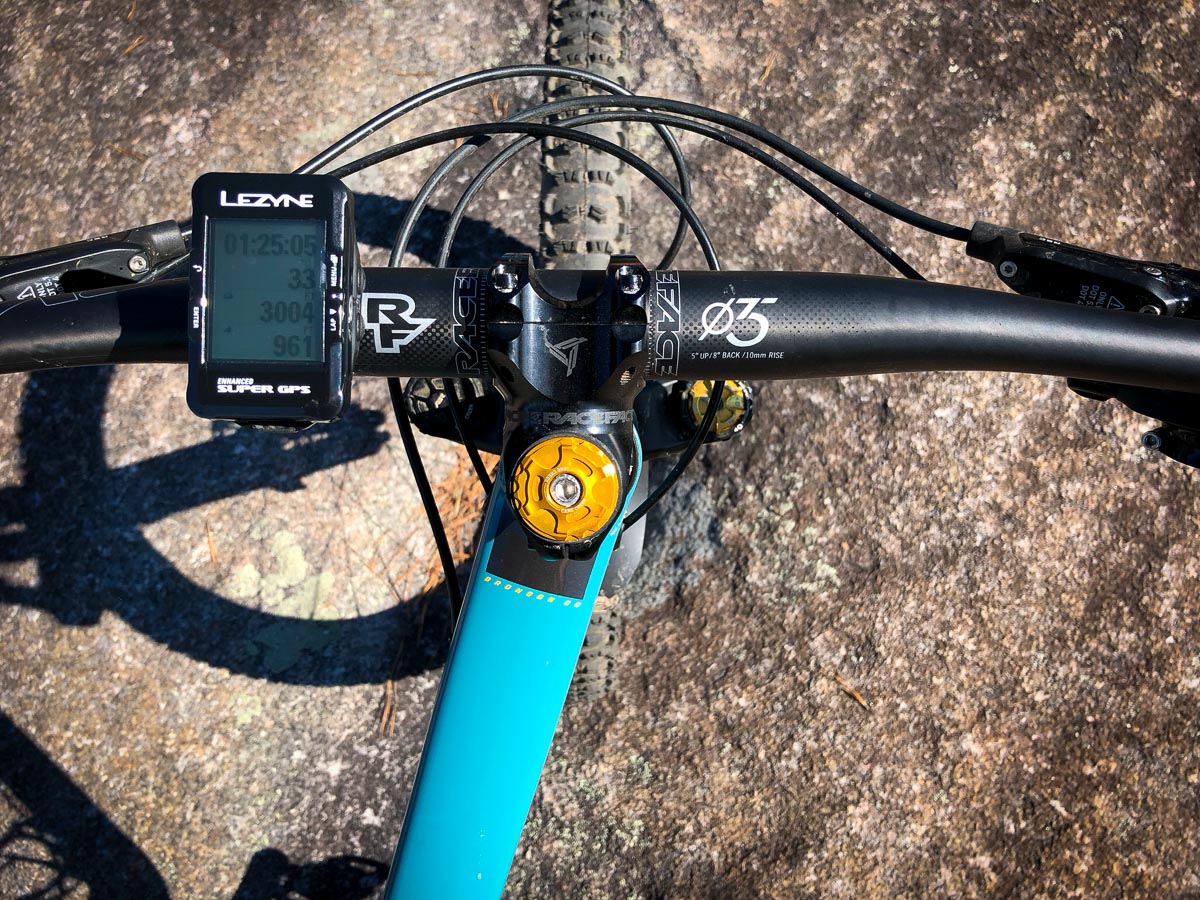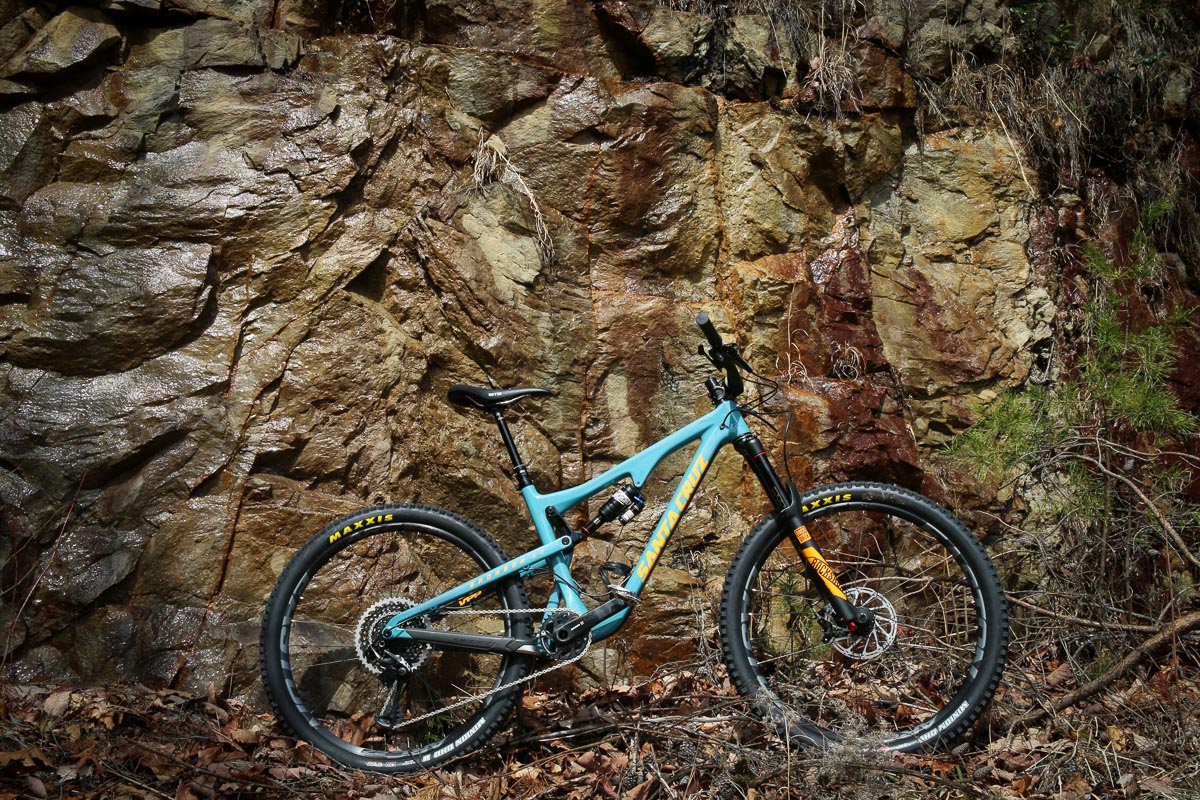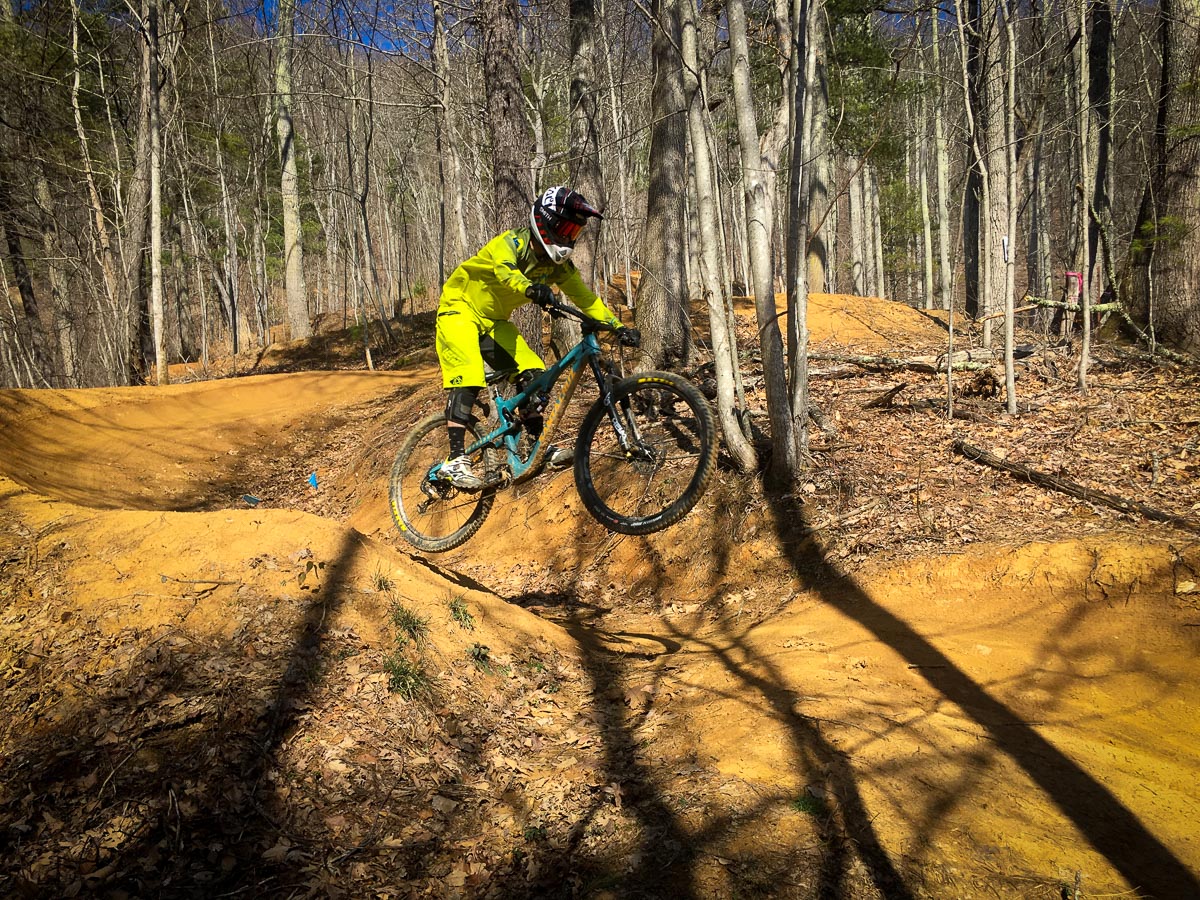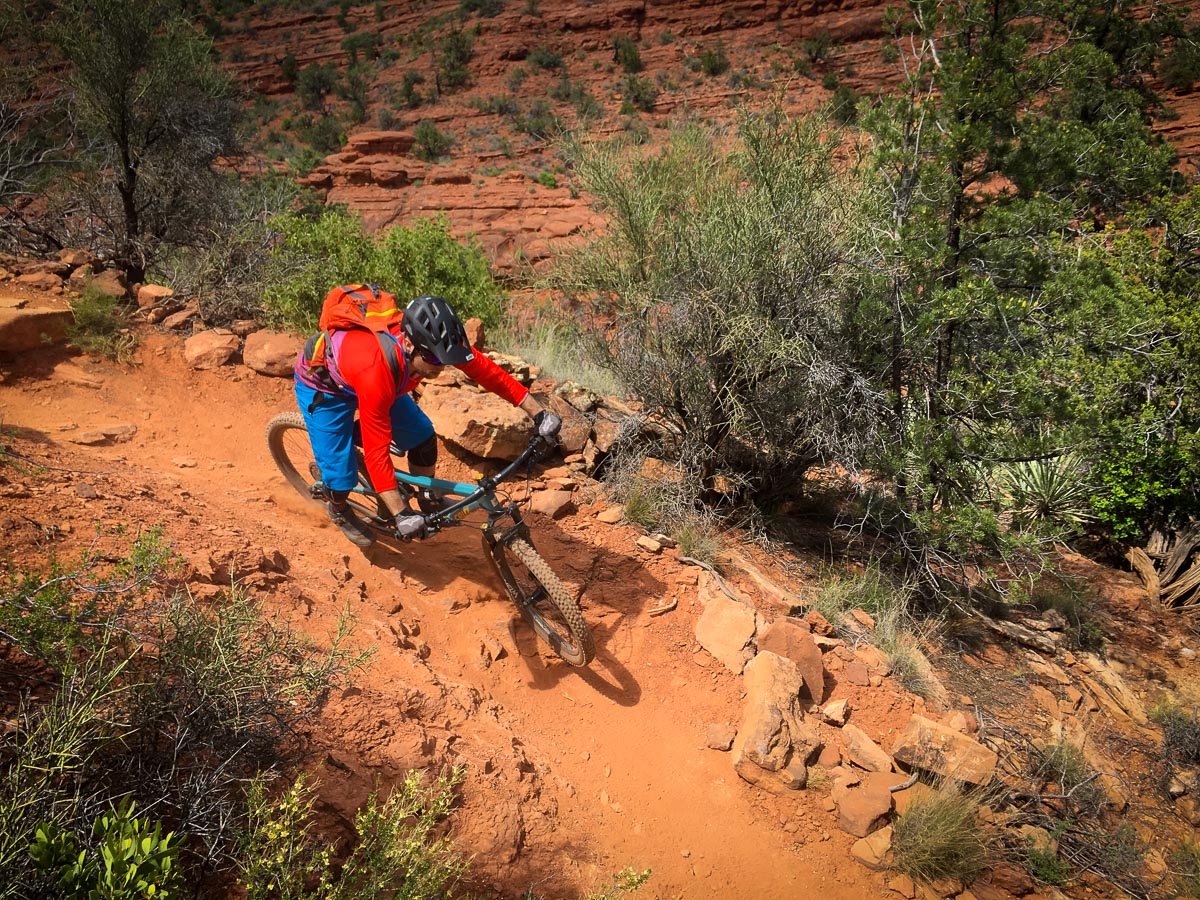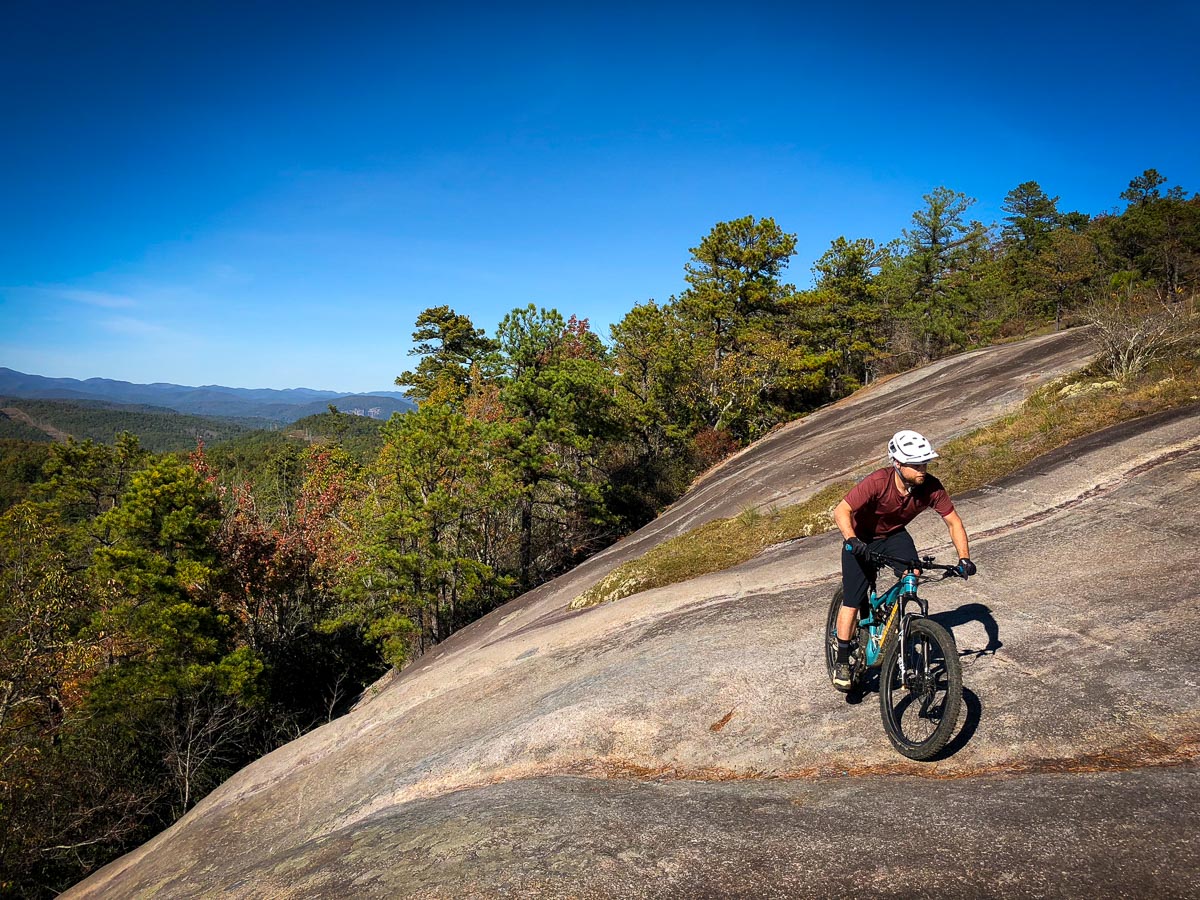In the words of my friend Sherman, “You want a good bike? Just get a Santa Cruz. They pop those things out like a vending machine.” That may be an oversimplified way of looking at things, but it does carry some truth. It’s taken decades for Santa Cruz to get to this point, but now they’ve reached almost cult like status with the brand carrying as much weight as the actual product. Thanks to their popularity, they sell new bikes seemingly as fast as they can make them, and you can’t get to that point if the product sucks.
Fortunately, just like the rest of the Santa Cruz models we’ve tried recently, the Bronson is an exceptional bike. Is it perfect? No. But things rarely are. However, the Bronson is an awesome bike for a surprising amount of trails from the East Coast to the West Coast, and the spots in between.
The Frame & Suspension
Starting with the basics, the Bronson CC frame features a carbon front and rear triangle with aluminum VPP linkage creating 150mm of rear wheel travel. The CC designation means it’s the ‘high end’ carbon fiber which will generally save you 250-280g per frame over the standard C carbon frames. Santa Cruz is proud of their carbon layup and builds and it shows in the final product which has a great ride feel, but also feels reassuringly stout.
Matching the 150mm of travel out back, Santa Cruz equips Bronson frames with a matching 150mm travel Boost spacing fork, this time a Rock Shox Pike. I’ve ridden enough Pikes to know that it’s an excellent fork – but for this review, I spent almost the entire time on the new Cane Creek Helm Air.
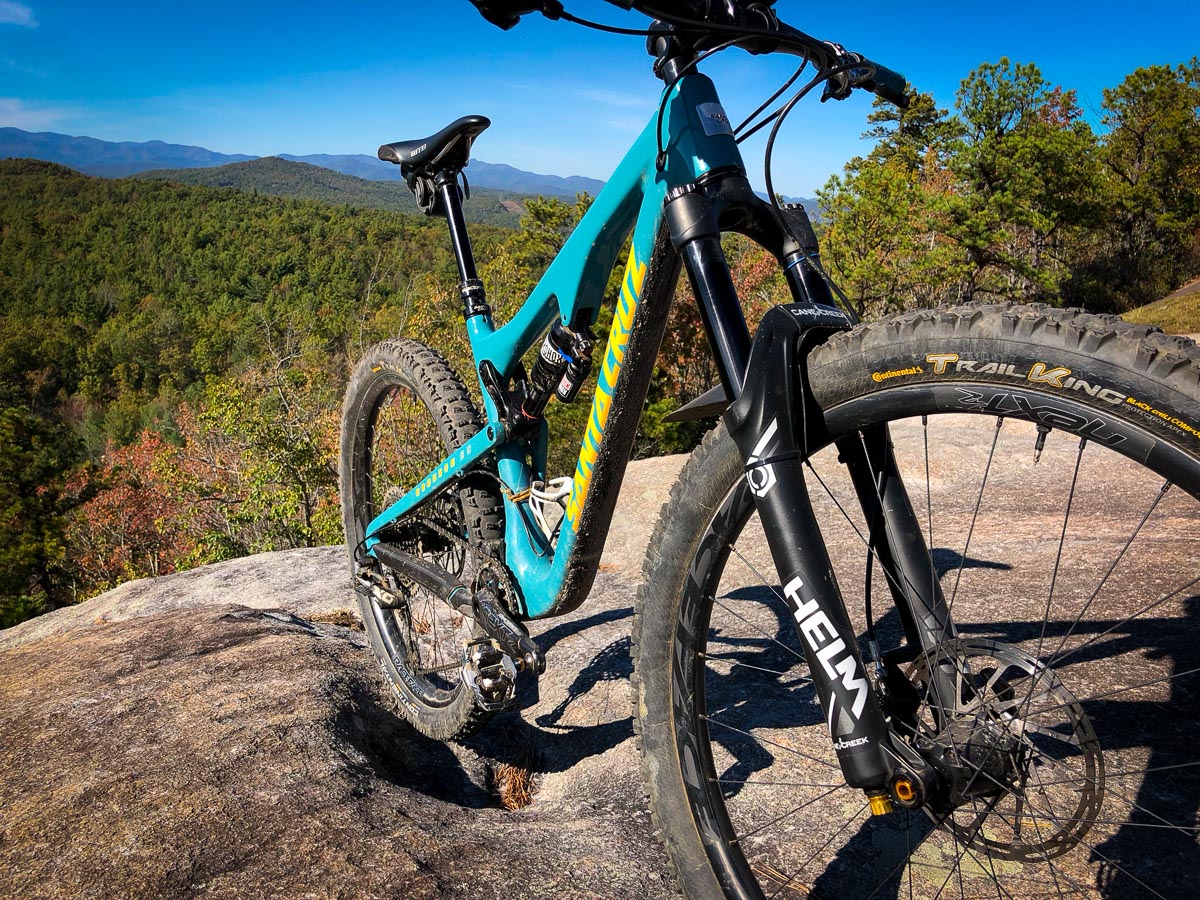
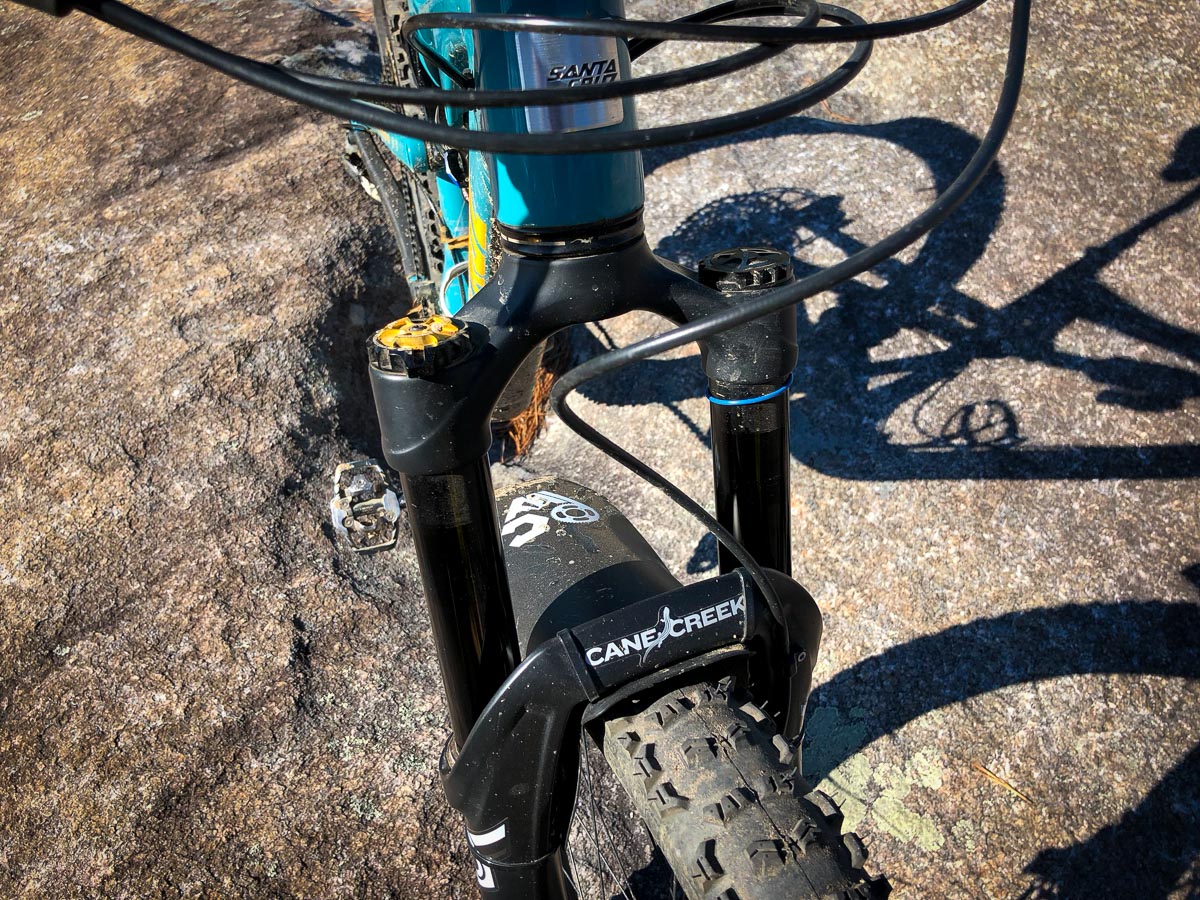
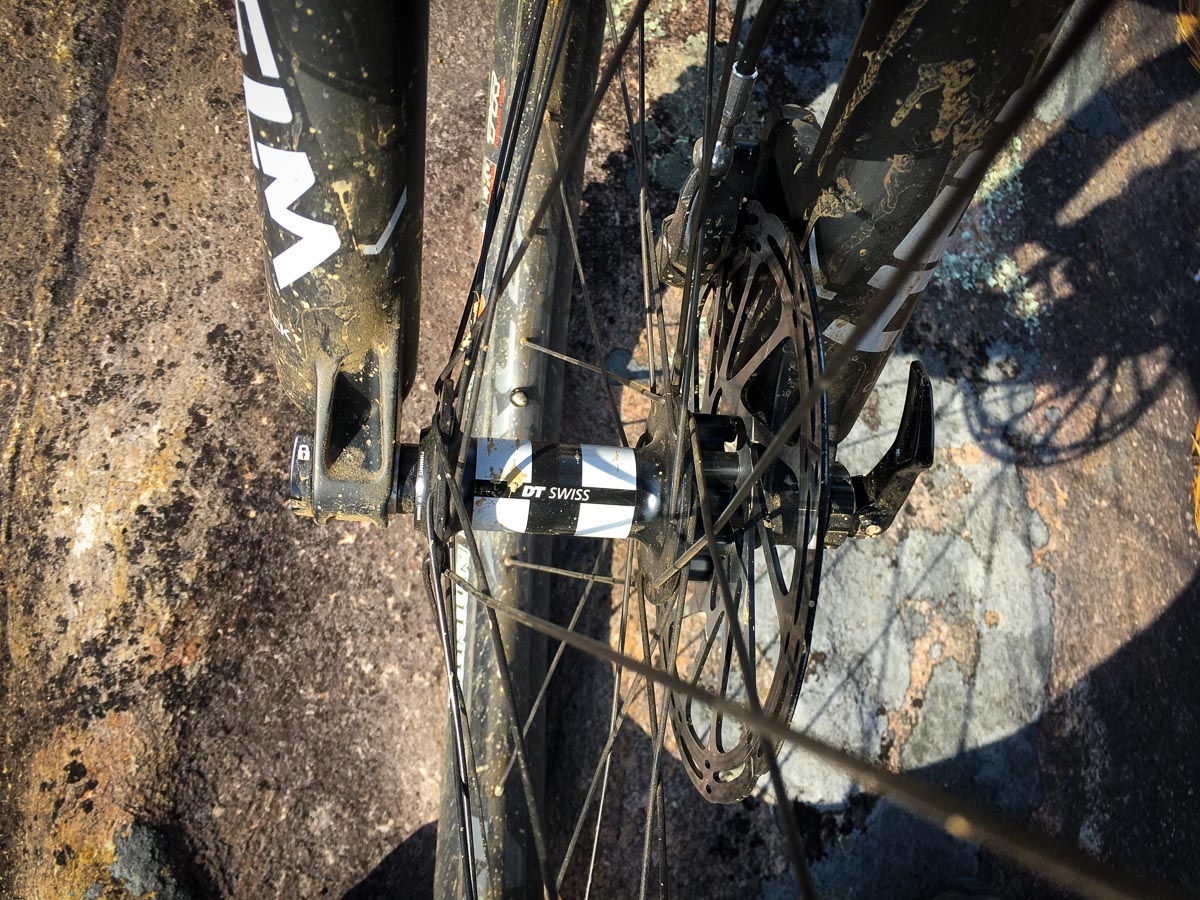 At the tail end of last winter, I found myself down in Fletcher, NC to check out the new fork and get it installed and ready to ride. Just like the Bronson, this fork has been through a full four season riding period, starting in winter, and riding right up until this fall. Overall, I’m quite impressed with the fork. It has remained incredibly supple without loosening up in the bushings. I will say that some lighter riders may benefit from a lighter tune for the high and low speed compression circuits. I’m about 160lbs with gear, and I ran the High Speed Compression setting wide open, and the Low Speed Compression in at four clicks. I also had the air volume adjust set in the lowest setting (technically I still had one more adjustment by removing the piston completely). However, I’m not exactly a trail destroyer so more aggressive, sendy riders should find the extra damping and progressiveness helpful. For me personally, I was quite happy with the final tune that I settled on, and had zero issues through the length of the review.
At the tail end of last winter, I found myself down in Fletcher, NC to check out the new fork and get it installed and ready to ride. Just like the Bronson, this fork has been through a full four season riding period, starting in winter, and riding right up until this fall. Overall, I’m quite impressed with the fork. It has remained incredibly supple without loosening up in the bushings. I will say that some lighter riders may benefit from a lighter tune for the high and low speed compression circuits. I’m about 160lbs with gear, and I ran the High Speed Compression setting wide open, and the Low Speed Compression in at four clicks. I also had the air volume adjust set in the lowest setting (technically I still had one more adjustment by removing the piston completely). However, I’m not exactly a trail destroyer so more aggressive, sendy riders should find the extra damping and progressiveness helpful. For me personally, I was quite happy with the final tune that I settled on, and had zero issues through the length of the review.
